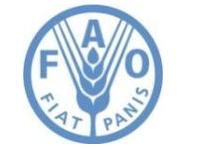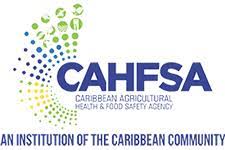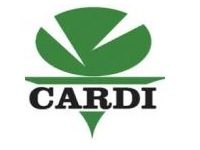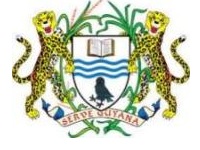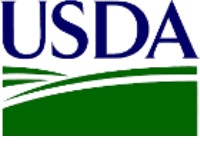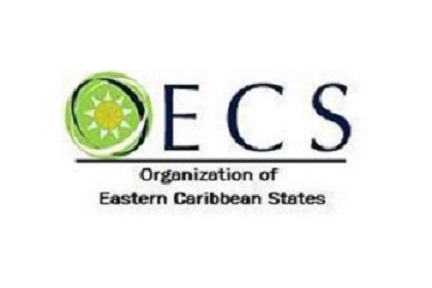Did you know that the Caribbean Plant Health Directors Forum has a listing of priority and emerging pests? Plant pests and diseases cause negative impacts on economies, these impacts affect important sectors like Agriculture, Trade, Tourism, and Transportation.
Some of the current priority pests and diseases included the giant African snail which reproduces 1200 eggs annually to the frosty pod rot which can cause total crop loss for cocoa. On our emerging plant pests and disease, lists are the fusarium wilt of banana (Foc TR4) diseases which have started attacking banana plantations due to climate change, and citrus greening, which targets citrus plants, causing premature fruit drop and death.
Sectors like Agriculture, Trade, Transportation, and Tourism are responsible for high economic income for most Caribbean countries. In the Caribbean, non-indigenous species have been introduced either deliberately or accidentally for a variety of reasons. Invasive alien species include animals, plants, and other organisms that have become invasive outside of their native habitat. These IAS are a great cause of biodiversity loss in the Caribbean. The small Indian mongoose (Herpestes auropunctatus) was introduced to islands as a biological control agent against the snake and rat populations in sugar cane fields. It became problematic, threatening 15% of plant species.
Another invasive species is the pink hibiscus mealybug (Maconellicoccus hirsutus green) which is a plant pest that causes symptoms of honeydew, black sooty mold, and premature leaf and fruit drop in plants. Pink hibiscus mealybugs feed on the soft tissues of plants and they inject toxic saliva that causes contortion and curling of leaves. Buds may not flower, stems may twist, and the entire plant may be stunted. The resulting introduction of the pink hibiscus mealybug in the past has caused plant materials from being traded due to infestation. Subsequently, the Tropical bont tick is a plant pest that transmits heartwater disease (lichia ruminantium (formerly Cowdria ruminantium) to domestic animals like cattle. The resulting bacteria of Dermatophilus congolensis results in poor quality and often unusable hides, loss of milk production, weight loss, and sometimes death.
Tourism has suffered on some islands due to the spread of invasive lionfish (Pterois miles) and (Pterois volitans). The lionfish is a native coral reef fish that threatens commercial fish, coral reefs, and marine ecosystems and has venom in its anal and dorsal fins which can result in a painful sting. Lionfish prey on groupers, snappers, and other commercially important native species. Once their population grows, they consume herbivores which prevent algal growth on coral reefs. The coral reefs become stressed without deterrents from herbivores, which is crucial to the coral reef’s health and the surrounding marine ecosystems.
Caribbean countries around the region have already begun to implement campaigns aimed at reducing the size of the IAS lionfish population. More awareness is being raised among policyholders and the surrounding public to be aware of these plant pests and diseases, by reporting any sightings to their nearest Ministry or Departments of Agriculture.
CPHD Forum – Priority Pests and Disease Threats
CPHD Forum – Emerging Pests and Disease Threats
CABI – Invasive Species Threats in the Caribbean Region
Entomology & Nematology Department of the University of Florida – Pink hibiscus mealybug
University of Florida IFAS Extension – Tropical Bont Tick
NOAA Fisheries – Impacts of Invasive Lionfish

